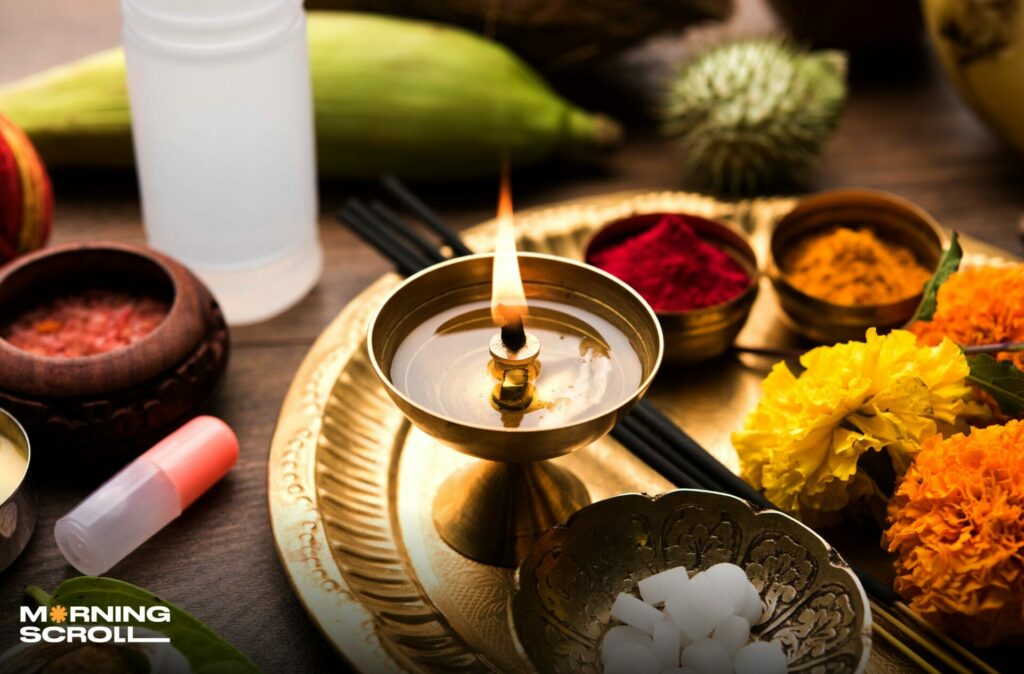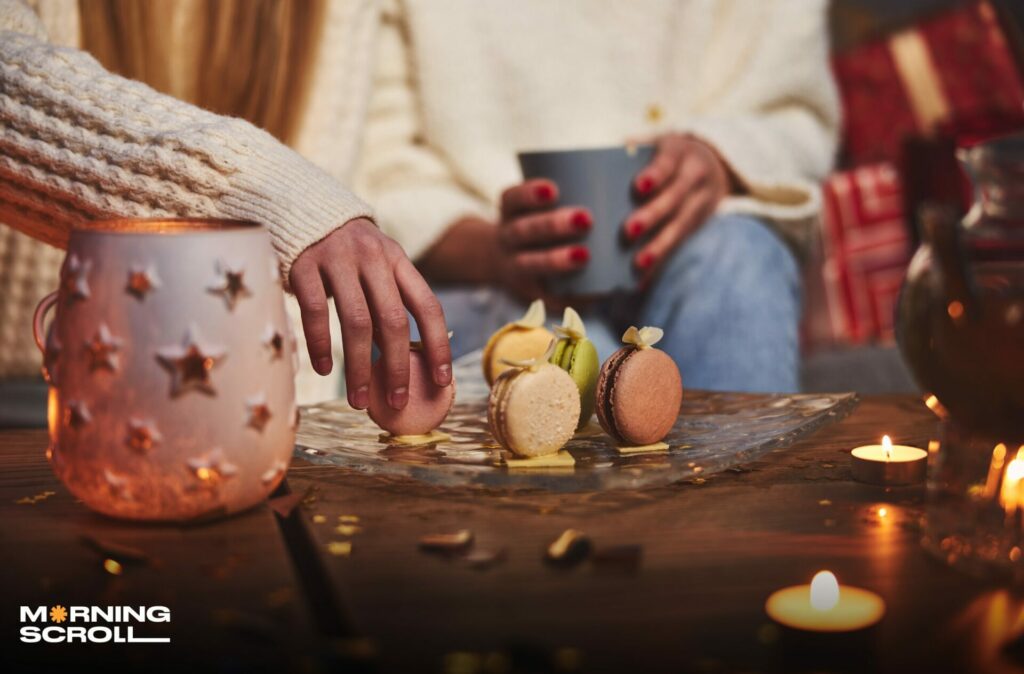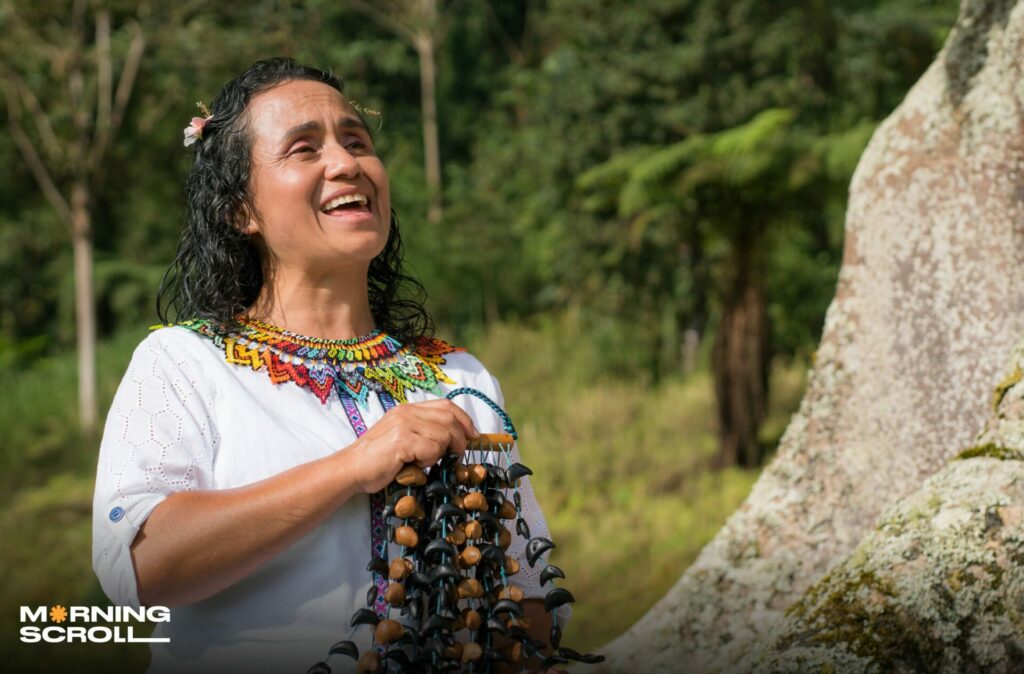Wellness isn’t just about the latest health trends or fitness apps, it’s a way of life, shaped by centuries of traditions from around the world. Different cultures have developed their own unique practices to promote mental and physical well-being, and there’s a lot we can learn from them. By taking a closer look at these global rituals, we can find fresh ways to enrich our daily lives, making our wellness routines more holistic and enjoyable.
The Japanese Art of Forest Bathing (Shinrin-Yoku)

Let’s start in Japan with the practice of Shinrin-Yoku, or forest bathing. This isn’t just about taking a stroll in the woods, it’s about fully immersing yourself in nature, letting go of stress, and soaking in the peace around you. Imagine slowing down your pace, breathing deeply, and really tuning into the sights, sounds, and smells of the forest. Even if you’re not near a forest, spending time in a local park or under a favorite tree can give you a taste of this calming practice.
Indian Ayurvedic Practices

Next, we head to India, where Ayurveda has been a cornerstone of wellness for thousands of years. Ayurveda focuses on balance, within your body, and between you and the natural world. One of its key ideas is *Dinacharya*, or daily routines that keep you in sync with nature’s rhythms. This might involve waking up with the sunrise, doing a bit of yoga, and eating meals at regular times. Even adding small Ayurvedic habits to your day can help you feel more grounded and mindful.
Scandinavian Hygge

In Denmark, there’s a beautiful concept called Hygge, which is all about creating coziness and finding joy in life’s simple pleasures. Think warm blankets, candles, and a steaming cup of tea enjoyed in a comfy chair. Hygge isn’t just about things, it’s about a mindset that values slowing down and savoring the moment. Whether it’s a quiet evening at home or a gathering with close friends, embracing a bit of Hygge can make your life feel richer and more peaceful.
The Finnish Sauna Tradition

Now, let’s warm up with a Finnish tradition, the sauna. In Finland, the sauna is more than just a hot room; it’s a place for relaxation, detoxification, and even socializing. The ritual of heating up in the sauna and then cooling off in a cold plunge is incredibly refreshing and has been shown to improve circulation and reduce stress. If you can’t get to a sauna, even a hot bath followed by a cold shower can mimic the invigorating effects and leave you feeling rejuvenated.
Mediterranean Siesta

In Mediterranean countries like Spain and Italy, the siesta is a treasured tradition. It’s a midday break that lets people rest and recharge, acknowledging the natural energy dip that happens after lunch. Imagine taking a short nap or just some quiet time in the middle of your day—it’s a simple way to boost your energy and mood. Even if you can’t take a full siesta, finding a moment to pause and rest during the day can make a big difference.
African Ubuntu Philosophy
Moving on to Africa, the philosophy of Ubuntu teaches us that our well-being is connected to the well-being of others. It’s the idea that “I am because we are,” emphasizing empathy, compassion, and community. In a world that often feels fast-paced and disconnected, Ubuntu reminds us of the importance of looking out for each other. Small acts of kindness, like checking in on a friend or lending a hand, can help build stronger connections and bring more meaning to our lives.
New Zealand’s Haka for Mental Strength

Finally, we travel to New Zealand, where the Maori practice the Haka—a powerful dance that’s about more than just physical movement. The Haka is a way to channel energy, emotion, and unity, often used to build mental strength and solidarity. While you might not be performing a Haka every day, the idea of using movement to connect with others and build resilience is something we can all do. Whether it’s through a team sport, a group workout, or even a dance class, moving together with purpose can be incredibly empowering.
These wellness rituals from around the world offer more than just new ideas, they bring a sense of connection to the way we care for our bodies and minds. Whether it’s finding peace in nature, embracing simple pleasures, or building stronger connections with others, these traditions remind us that there’s always something new to discover on the path to well-being.


